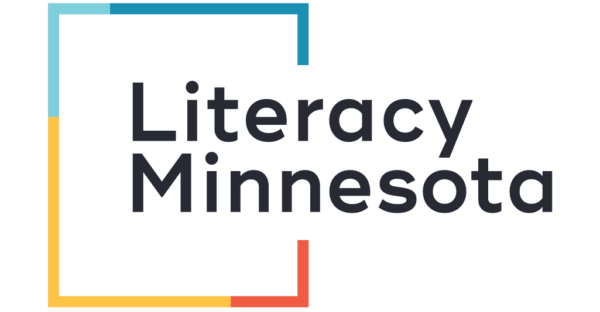Resources
Results
Geometric Subitizing: A Different Kind of Number Talk
The Story of Two Words and One Simple Tweak to Get Students Talking
Thinking Routines
Tweet Me, Maybe
Visual Patterns
Rethinking How We See Mistakes
Progression of Early Number and Counting
Purposeful Numberless Word Problems
One Formula to Rule Them All
Playing Uno: The “Combine Like Terms” Version
Problem Strings
Math Visuals
Instructional Strategies for Counting
Introducing the Orangamallow
Linear Matching
How much did the temperature drop? Absolute Value
If Graphing Linear Inequalities Is Aspirin, Then How Do You Create the Headache?
Ignite Videos – Math Forum
Fraction Talk (and Pie)
Geometric Subitizing: Counting Discussion Cards
New Resources
Tapping into Diverse Perspectives and Teaching Materials
Being a Warm Demander
Discovering Learners’ Funds of Knowledge
Presenter Information
Get information about stipends, reimbursements, and other instructions for presenters.
MN ABE YouTube Channel
The MN ABE YouTube Channel is a free online PD resource that you can use to explore teaching techniques and classroom ideas in action! Find out more in this MN ABE Connect newsletter article.
Upcoming ABE Events
Racial Equity 101 Presented by Jimmie Heags
Registration Deadline: TUE. 8/6/24 Join presenter Jimmie Heags, Jr., MA, LSC, LPCC, LADC, ACS, for this session that exposes how race is defined and how racism impacts individuals and institutions. The session will provide learners with a framework for understanding and disrupting the attitudes and structures that perpetuate… Learn More
Volunteer Core Training Module 1: Overview of Minnesota Adult Education and Program Accountability
Registration Deadline: TUE. 8/6/24 Participants learn about Adult Basic Education programming in Minnesota, demographics of learners, instructional content standards as well as initial and on-going assessment. This session wraps up with learner motivations, barriers and persistence. Learn More
Volunteer Core Training Module 2: Understanding Adult Learners
Registration Deadline: TUE. 8/13/24 Participants develop their personal cultural awareness and learn how expectations around school culture shape how people teach and learn. Guiding principles for effectively delivering instruction to adults are also covered. Finally, participants increase their sensitivity to the challenges of learning English and developing literacy… Learn More
